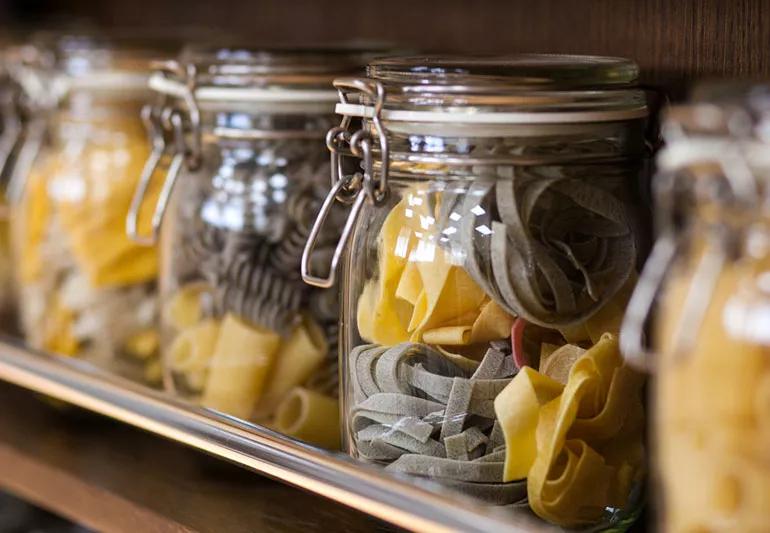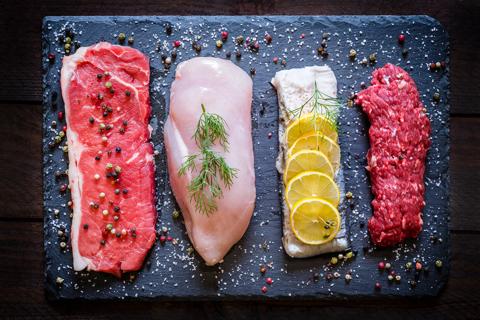The short answer from a registered dietitian

Q: I’ve been seeing all the new types of pastas in the grocery aisle. Are those made from chickpea, black beans or soy beans a healthier choice?
Advertisement
Cleveland Clinic is a non-profit academic medical center. Advertising on our site helps support our mission. We do not endorse non-Cleveland Clinic products or services. Policy
A: When it comes to spaghetti, there are more nutrient-rich options than standard refined flour noodles.
Ones made from beans (like chickpea, black beans or soybeans) have more protein, more fiber and more iron than traditional spaghetti.
Another smart pick? Substitute spaghetti squash for spaghetti. When you cook this yellow, round squash, the inside flesh of the vegetable actually resembles spaghetti noodles. But, it has far more vitamins, minerals and fiber.
Or there are plenty of kitchen gadgets on the market to make your own noodles out of vegetables such as zucchini, carrots, sweet potatoes ― and even beets. No time to DIY it? Most grocery stores now carry veggie noodles in the produce section.
Whatever noodle you choose, just remember that the nutritional value of your dish doesn’t end with the noodle choice.
Choose a healthy fat. Try olive oil or avocado oil, or maybe even some pureed cashews, which can make a nice cream sauce.
Avoid heavy cream-based sauces. Sauces like Alfredo have a lot of unhealthy animal fats. And when choosing a red sauce, look for one with no added sugar. And if it has oil, make sure it’s extra virgin olive oil.
Bump up the veg. Your typical serving size of pasta is somewhere around a half of a cup to a cup. Pump up your bowl with a lot of colorful vegetables, such as roasted eggplant, zucchini, tomatoes and peppers.
Advertisement
And mind your cheese, please! While Parmesan cheese is a nice topping, remember a little bit goes a long way. A tablespoon or less is fine, without adding too much unhealthy fat.
― Functional medicine registered dietitian Lindsay Malone, RD
Advertisement
Learn more about our editorial process.
Advertisement

With a focus on internal cues for hunger and fullness, this eating style may revolutionize your relationship with food

Review the ingredients, watch for sugar and fat, and choose one with the right amount of protein for your needs

A typical recommended balanced diet is half fruits and veggies, a quarter protein and a quarter grains

Foods high in protein, fiber and water can help keep hunger at bay

This quirky food trend is harmless, as long as you’re getting enough protein, fiber and healthy fats

This vital nutrient helps your brain and body in many ways — and most of us need more of it

Wrapped or sandwiched, try to choose fillings and condiments that are minimally processed, low in saturated fat and high in fiber

Set yourself up for success by carefully choosing your recipes, storage containers and prepping day

Start having sex about 72 hours before ovulation, then at least every other day during your fertile window

Attachment theory suggests that your earliest relationships shape connections throughout your life

It isn’t a recognized mental health disorder, but research shows that problematic social media use can negatively affect your mental health, self-esteem and sleep